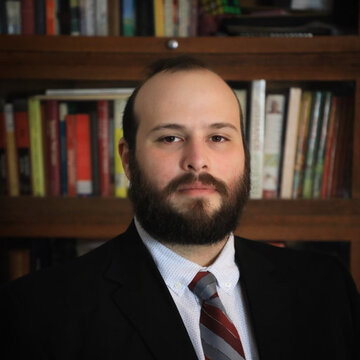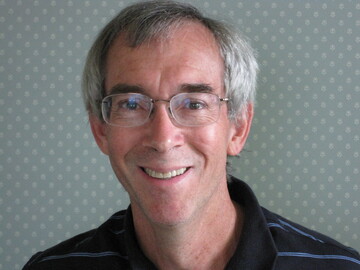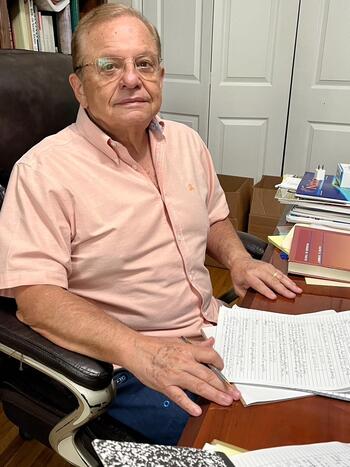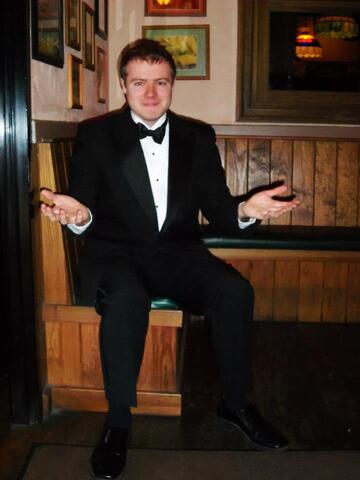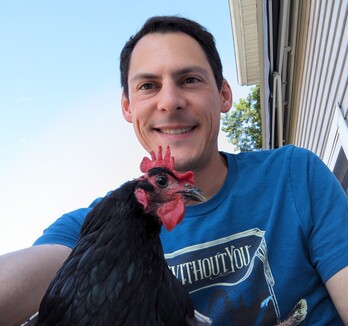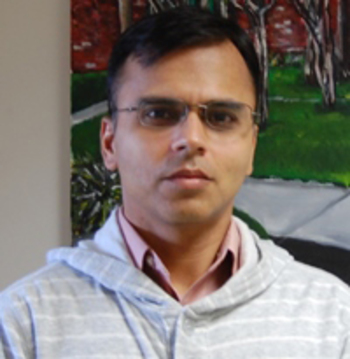Souvik Dey
Charles University
Complexity and curvature of (pairs of) Cohen-Macaulay modules, and their applications
The complexity and curvature of a module, introduced by Avramov, measure the growth of Betti and Bass numbers of a module, and distinguish the modules of infinite homological dimension. The notion of complexity was extended by Avramov-Buchweitz to pairs of modules that measure the growth of Ext modules. The related notion of Tor complexity was first studied by Dao. Inspired by these notions, we define Ext and Tor curvature of pairs of modules. The aim of this talk is to study (Ext and Tor) complexity and curvature of pairs of certain CM (Cohen-Macaulay) modules, and establish lower bounds of complexity and curvature of pairs of modules in terms of that of a single module. It is well known that the complexity and curvature of the residue field characterize complete intersection local rings. As applications of our results, we provide some upper bounds of the curvature of the residue field in terms of curvature and multiplicity of any nonzero CM module. As a final upshot, these allow us to characterize complete intersection local rings (including hypersurfaces and regular rings) in terms of complexity and curvature of pairs of certain CM modules. In particular, under some additional hypotheses, we characterize complete intersection or regular local rings via injective curvature of the ring or that of the module of Kähler differentials.


